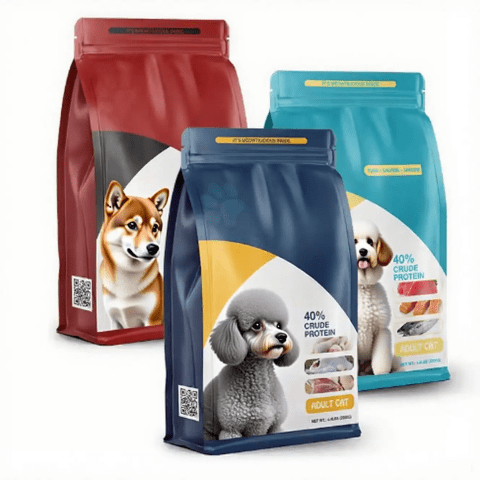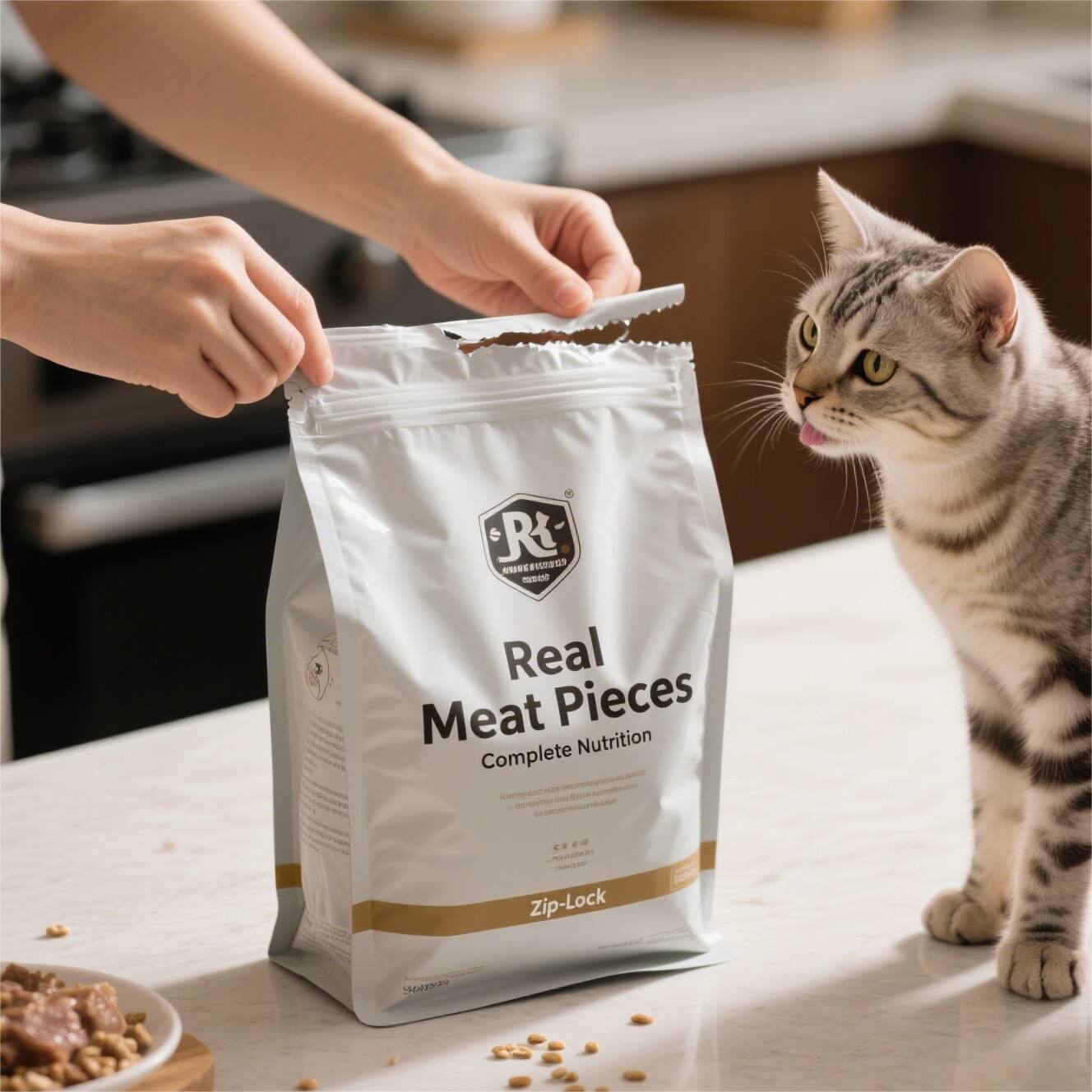In the pet industry, plastic packaging, with its diverse properties, plays a vital role in areas such as food and supplies. Below, we'll share some common applications in different scenarios: 1.Standard dry food packaging: Polyethylene (...

In the pet industry, plastic packaging, with its diverse properties, plays a vital role in areas such as food and supplies. Below, we'll share some common applications in different scenarios:
1.Standard dry food packaging: Polyethylene (PE) is primarily used. It's low-cost, flexible, and water-resistant, making it suitable for affordable dry food. However, its gas barrier properties are weak, making it difficult to maintain long-term freshness when used alone.
2.Pet snack packaging: Polypropylene (PP) is often used. It's transparent, heat-resistant, and chemically stable, making it suitable for transparent stand-up pouches (e.g., for dried meat), allowing consumers to easily see the product.
3.Wet food and fresh food packaging: For example, Fastina Fresh Food Bags utilize food-grade PE/PET composite film (free of harmful substances). A three-layer co-extrusion process ensures puncture resistance, oxygen barrier protection, and secure sealing, making them suitable for wet foods.
4.Cat litter and toy packaging: It keeps items dry and hygienic, and its transparency and flexibility make it easy to see inside and manage.
Plastic packaging provides practical solutions for preserving pet food and storing pet supplies. Proper selection and use can better meet the diverse needs of pet owner

